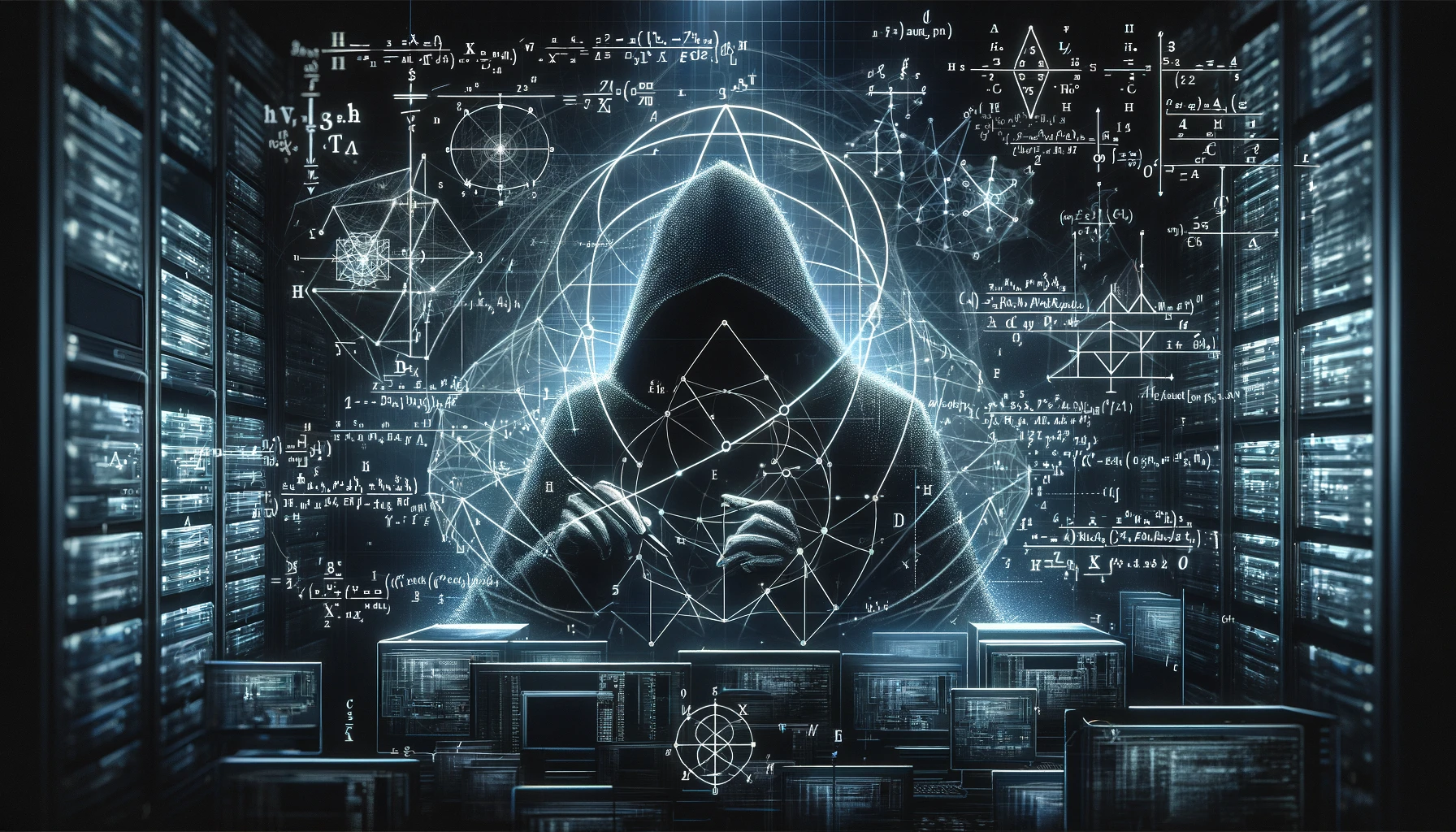LummaC2, a notorious malware-as-a-service (MaaS), has developed sophisticated evasion techniques to circumvent security measures and exfiltrate sensitive data from compromised systems. The malware, written in C, has been operational since December 2022 and is available for subscription in cybercrime forums, priced between $250 and $1,000. For an overview of LummaC2’s operations, see BleepingComputer’s article on Lumma Stealer.
Advanced Anti-Sandbox Technique
The most notable update in LummaC2 v4.0 is its trigonometry-based anti-sandbox mechanism. This technique relies on tracking mouse movements to determine whether the malware operates on a real machine or an antivirus sandbox. It continuously monitors and maps the cursor’s position at five distinct points, until the cursor positions differ significantly, indicating human movement. If the algorithm detects human-like behavior, the malware proceeds; otherwise, it repeats the process. This evasion technique is detailed in Dark Reading’s report.
Technical Mechanics
LummaC2 extracts the cursor position at predefined intervals (50 milliseconds), checking if each position is distinct from its predecessor. The malware treats these positions as Euclidean vectors and calculates the angles formed between consecutive vectors. If all calculated angles are below 45 degrees, LummaC2 assumes the movements aren’t software-emulated and continues execution. This threshold of 45 degrees is likely based on empirical data or research on automated analysis tools. For an in-depth analysis of this technique, refer to The Hacker News’s coverage.
Obfuscation Techniques
LummaC2 has also improved its obfuscation capabilities, including control flow flattening and XOR encrypted strings. It requires users to employ a crypter as an added concealing mechanism to prevent raw form leaks. Additionally, the malware incorporates opaque predicates and blocks of dead code within functional segments, creating analysis errors and confusion, thus complicating its dissection and understanding.
Broader Context
This development is part of a larger trend of emerging information stealers and remote access trojans (RATs), such as BbyStealer, Trap Stealer, and Predator AI. These programs are designed to extract a wide range of sensitive data from compromised systems. The MaaS model remains a preferred method for threat actors, with information theft being a significant focus, posing substantial financial risks to organizations and individuals.
LummaC2’s advancements in evasion techniques, particularly its use of trigonometry to detect human activity, signify an evolution in malware sophistication. This progression underlines the need for continuous adaptation and enhancement of cybersecurity measures to counter such advanced threats.
Recommendations
- Enhanced Sandboxing: Security teams must enhance sandbox environments to emulate human-like mouse movements more realistically.
- Continuous Monitoring: Maintain vigilance for unusual network behavior, especially patterns that may indicate LummaC2 activity.
- Regular Software Updates: Ensure all software, especially antivirus and anti-malware solutions, are up to date to counter the latest threats.
- User Awareness Training: Educate users on the latest malware trends and safe computing practices to minimize the risk of compromise.
Further Reading
- Outpost24 Report on LummaC2
- The Hacker News: LummaC2’s New Techniques
- BleepingComputer’s Analysis of LummaC2
- Dark Reading’s Report on Malware and Trigonometry

